
Something that I get asked a lot is what to do if you’re approached by a potentially aggressive dog. In this article I have covered off 3 situations where you are walking your dog on a leash and another dog off the leash comes running up to you. Being challenged by another dog when out walking is a real concern especially if you have either a very young puppy , a small dog or an aggressive dog. So what do you do?
Dealing with the friendly barker
The first thing that I should point out is this: only a very, very small number of dogs are actually aggressive. Hopefully even fewer who are off leash will be. The reason I point this out is that often people jump to the conclusion that a dog that runs towards you is going to be aggressive when they could in fact be the friendliest dog in the world. In this situation it is very common for people to make a drama out of nothing. When a dog is excited they will have lots of energy and bark, especially if they want your dog to play too. More often than not if you simply let your dog off the leash they will play and the barking shall stop! However if you are not sure or don’t have the time to play just keep walking as if the other dog does not exist. They will soon get the message and leave you alone.
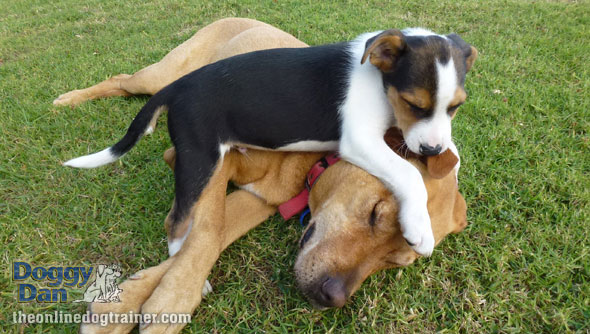
The wrong play mate
Sometimes you will simply feel like the other dog is not the right dog for your dog. They may be too active or too big. If your dog is very small, a puppy, injured or they simply do not wish to play and you want the other dog to leave you alone then I would again walk off as if the other dog does not exist. When you do this, monitor yourself, keep your energy calm, stay silent and if possible leave your dog or puppy on the ground and just walk them away on the leash. Picking them up will often make things worse as suddenly the dog following you will be trying to sniff your dog up around your neck height! Picking them up also gives your dog the message that something is wrong and tension often rises rapidly.
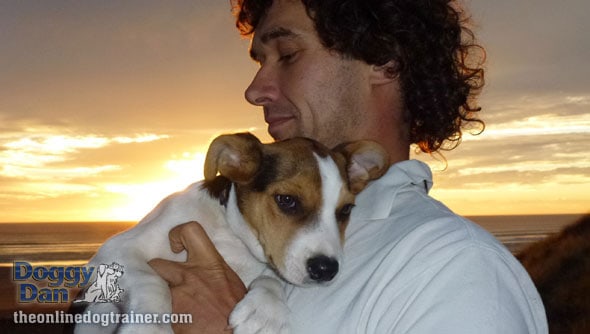
A real challenger
If you are actually challenged by another dog and by this I mean they come running over growling and barking aggressively, then guess what. The best solution is to turn your back on the other dog and walk calmly and slowly away. Staying calm will be your best chance of the incident not escalating. Once you are a short distance from the dog, say 5-10 meters away you can walk quicker. In all my years of dog training I have found this to be the best approach to take. Of course you can try to put the other dog in their place by shouting at them however there is a risk that your dog shall sense your stress and join in the verbal attack raising the tension further, so this is not my preferred approach. Be especially wary of this approach if the other dog is a large confident dog, challenging them in this way is not a good idea in case they take up your challenge.
As you can see the solution is often far simpler than you think. I have used the same approach when dealing with humans! People who are looking for trouble and an argument are best left alone, calmly and quietly. They are best not challenged unless you really know what you are doing and have the support behind you.
So next time you are approached by a dog you are not sure about, simply show your dog through your actions rather than lots of words how you want them to behave. In every situation it is your calm energy which will bring you through, and silence is the calmest energy of all… that is something your dog already understands.
Read more here: Struggling with an aggression issue? Check out my program, The Dog Calming Code, to get help now! Or, if you have a puppy start with my Puppy Coach training program!
Be safe out there, and please leave me some feedback…
Cheers
 .
.

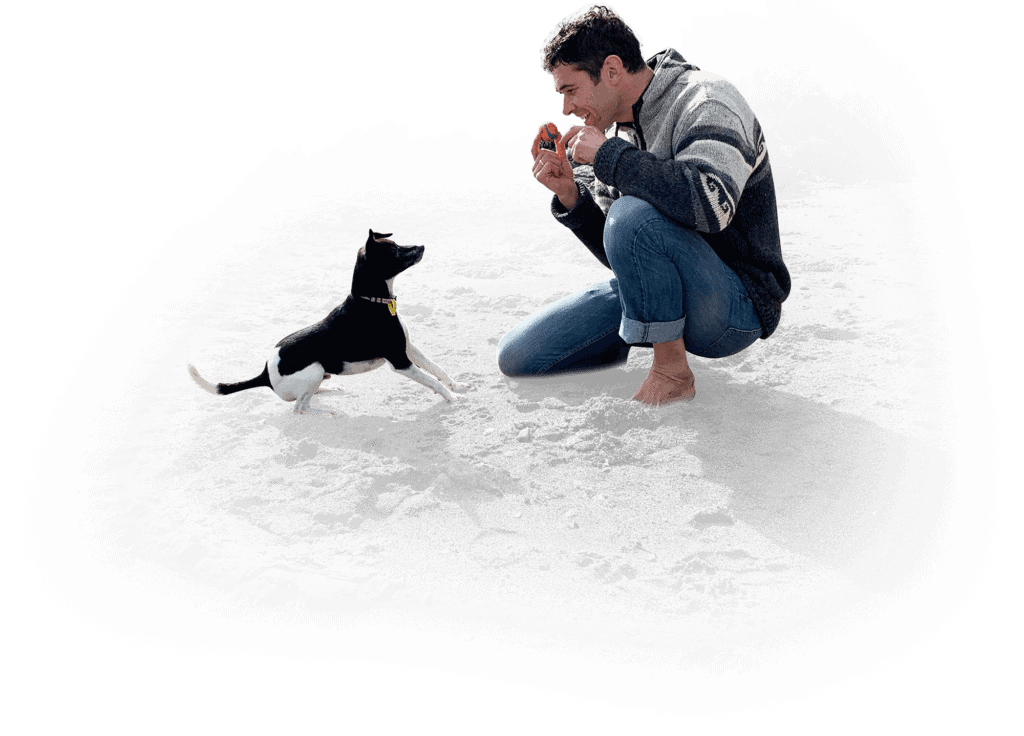
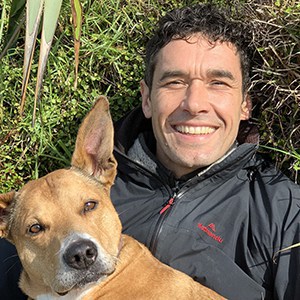


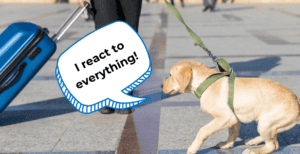
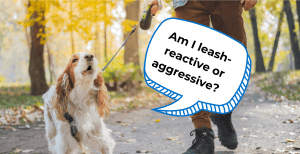
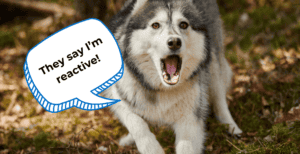
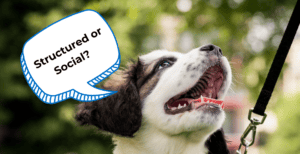
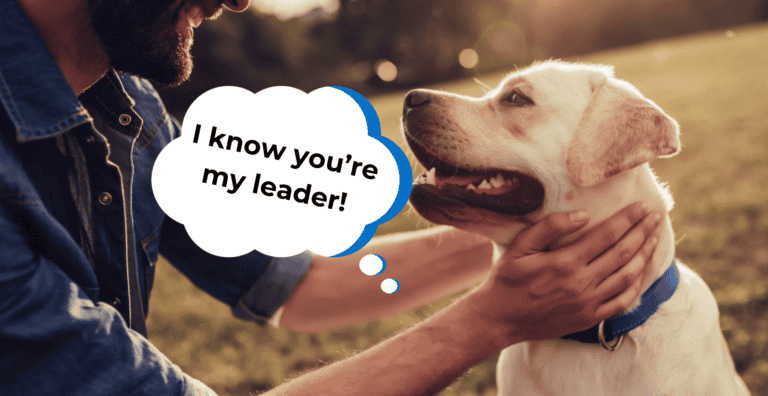
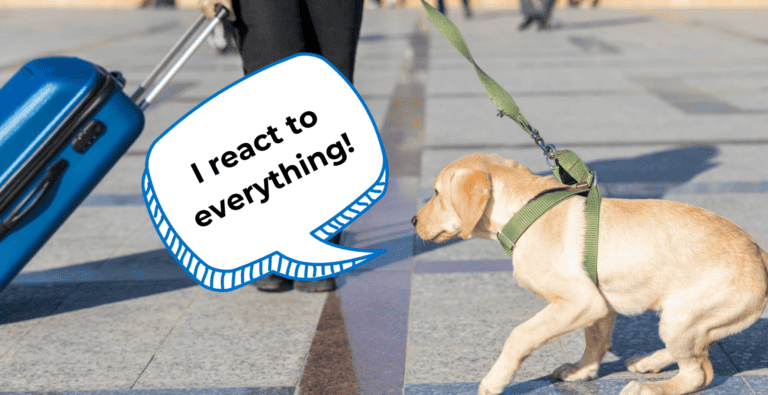
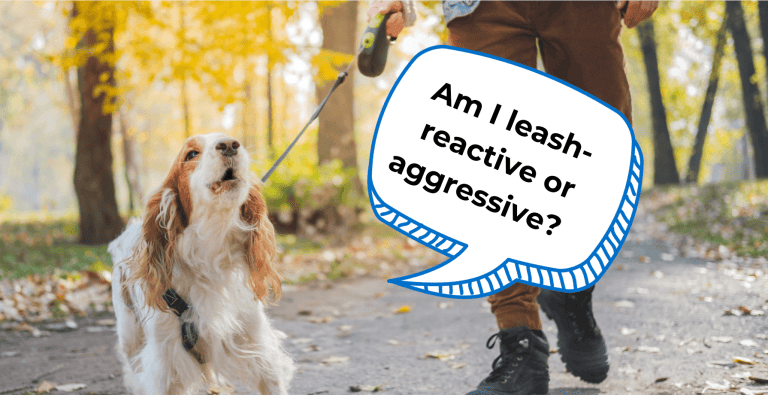

7 Responses
I wish walking away actually worked with the dogs that charge at you, regardless of how friendly they may be. My dog is a rescue and I’ve been trying to aid his horrible social anxiety, but owners with unleashed and untrained dogs worsen his issues. What are we supposed to do when my dog feels that he must defend himself and others feel they don’t need to train their dogs just because they’re small? I’m so lucky we moved and now have a fenced backyard, otherwise he’d be miserable.
Hi Jillian,
This is probably one of the biggest causes of frustration for responsible dog owners, and owners of dogs who don’t really like strange dogs rushing up to them! My biggest piece of advice is to try and be as vigilant as you can when out on a walk and if there are areas where you know dogs are left to do as they please, then perhaps it’s best to avoid those areas. The unfortunate thing is you can’t do anything about another dog’s behaviour, you can only take care of your own!
If you are ever in a situation where a dog rushes up to you and you feel a bit threatened by that dog then my advice is to calmly and slowly back away from the dog, with your dog positioned behind you and on a shorter leash. Avoid making eye contact with the dog, but making sure you face it at all times is more of a deterrent than turning your back to it. Best…Doggy Dan
Im looking at getting a female dane but neutering them is not healthy for them because of their size.They tend to get attacked because of it so I have found that walking away doesnt work
Hi Ruth, some dogs do seem to be attracted towards other dogs who are not neutered. I have witnessed this many times. Even a perfectly behaved entire dog can attract a lot more attention than one who is not. Interesting to witness, much harder to deal with when the dog with the issue is the other dog and they are off leash.
To be very honest with you there is not a lot. You are at the self preservation stage…if you think about it what you have done by the sounds of things is avoided a bite from a dog who was looking for trouble. The other way of looking at it is this. You avoided a potentially serious issue by walking away…I am glad you got away from him like you did. Once again though, if the dog really wanted to bite you I am sure he would have. Your staying calm and not fighting back was very likely what saved you… Dan
My walks have become peaceful and calm because I put into pratice my leadership roll as packleader. I still take two leads incase, it is still early days of my new learning. But my five dogs can enjoy thier walks and run over the paddocks and have fun. What a relief. Thanks to Doggy Dans training. Carole Wood.
I had a rottweiler come charging across the road to me and my 11month staffordshire bull terrier. He was very full on circling us and growling at the same time. He also managed to pull the halti off Rue’s face. I was 37wks pregnant at the time and I tried to keep walking but he would not leave us alone and actually started to jump up at me too, I was turning my back to him when he did this to try block him from hitting my belly. Luckily I was close to a friends house and went in there where we managed to get him confined and called animal control.
What else could you have done in this situation if they are persistent?
Thanks,
Maia